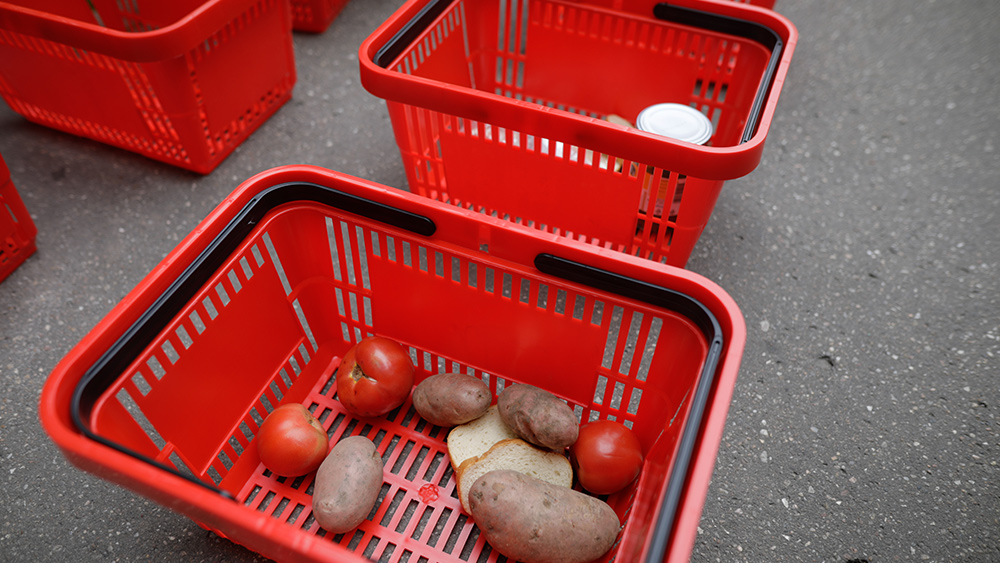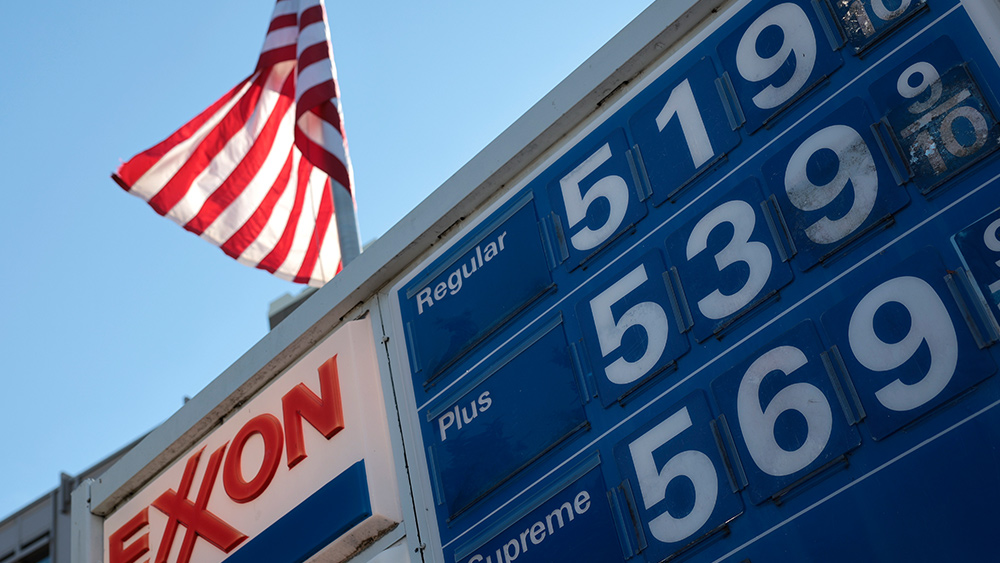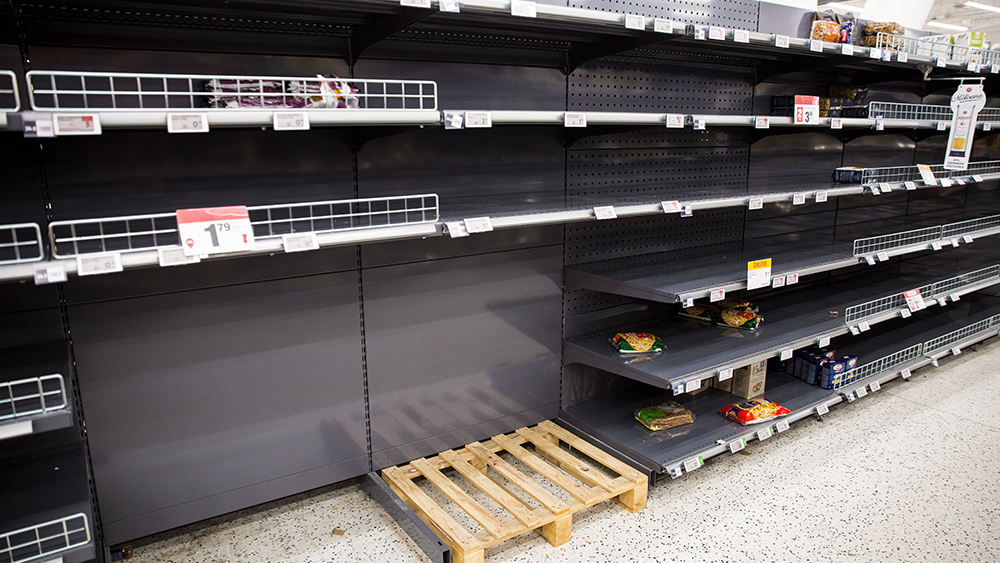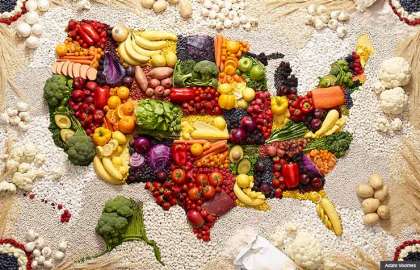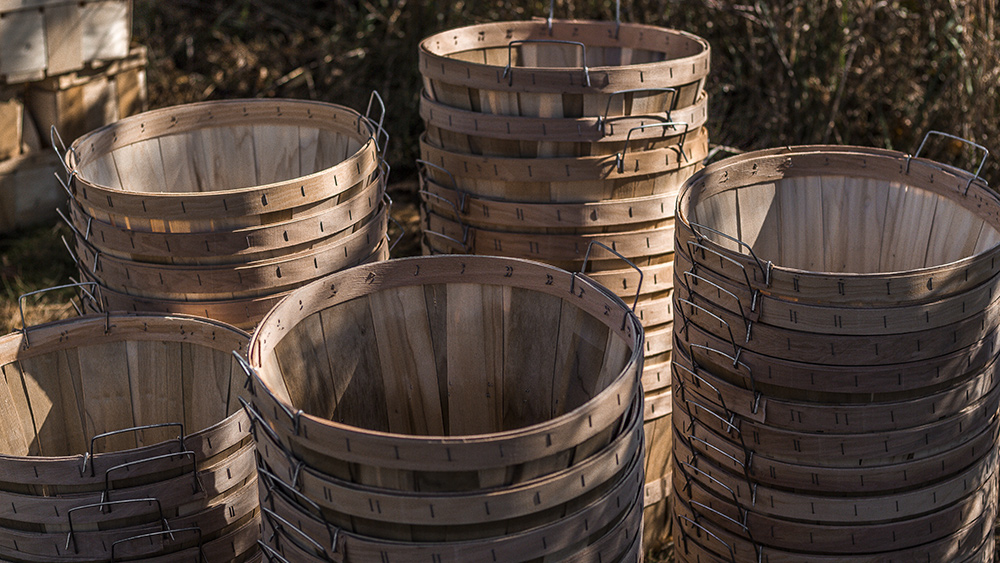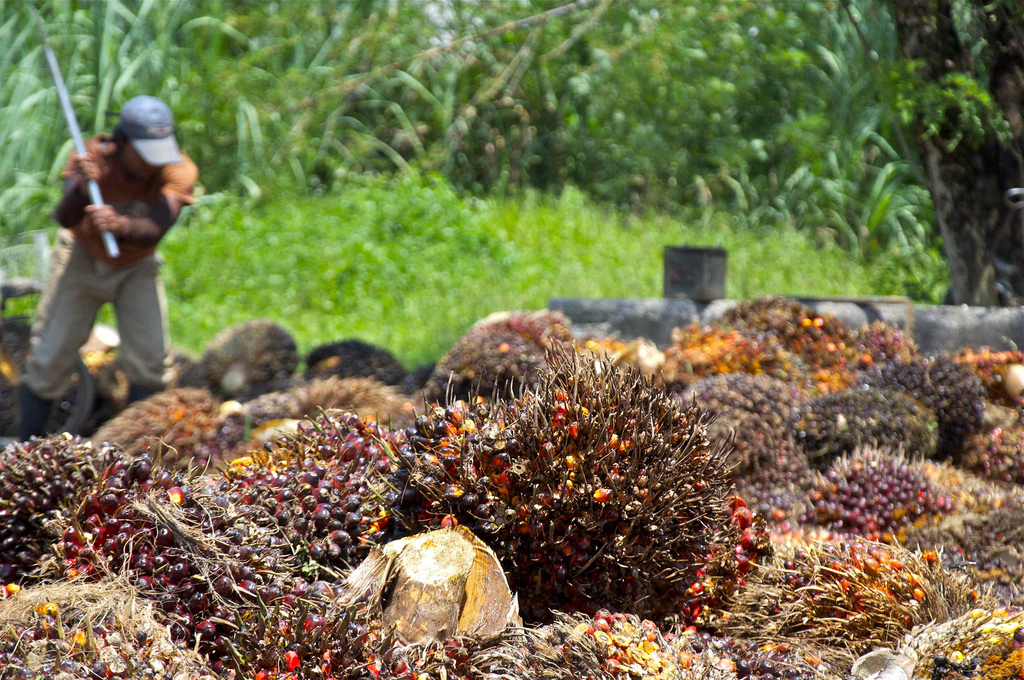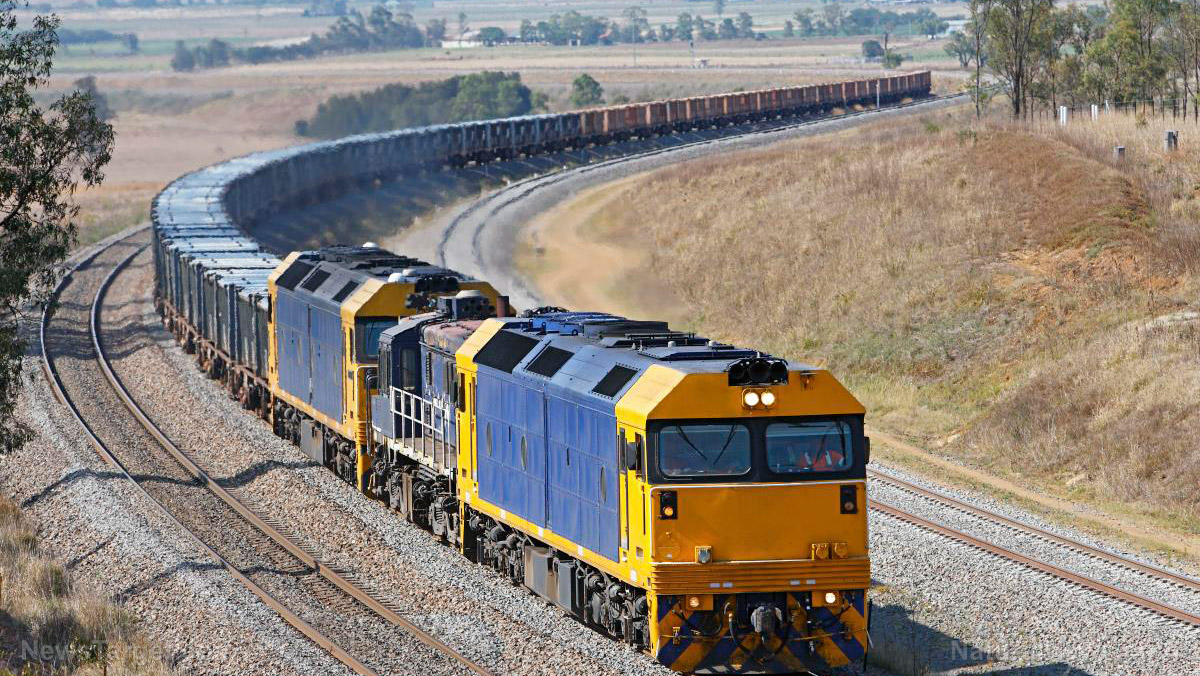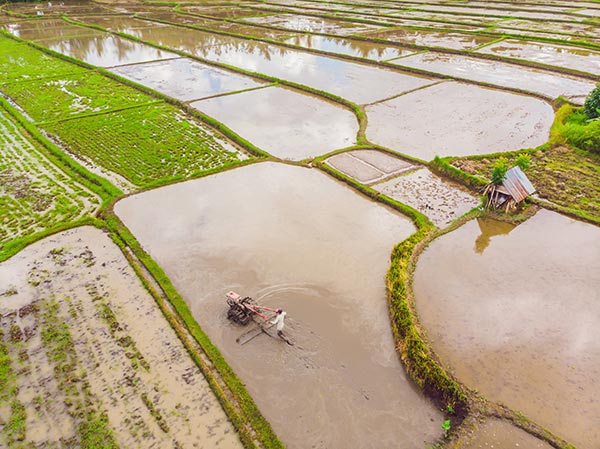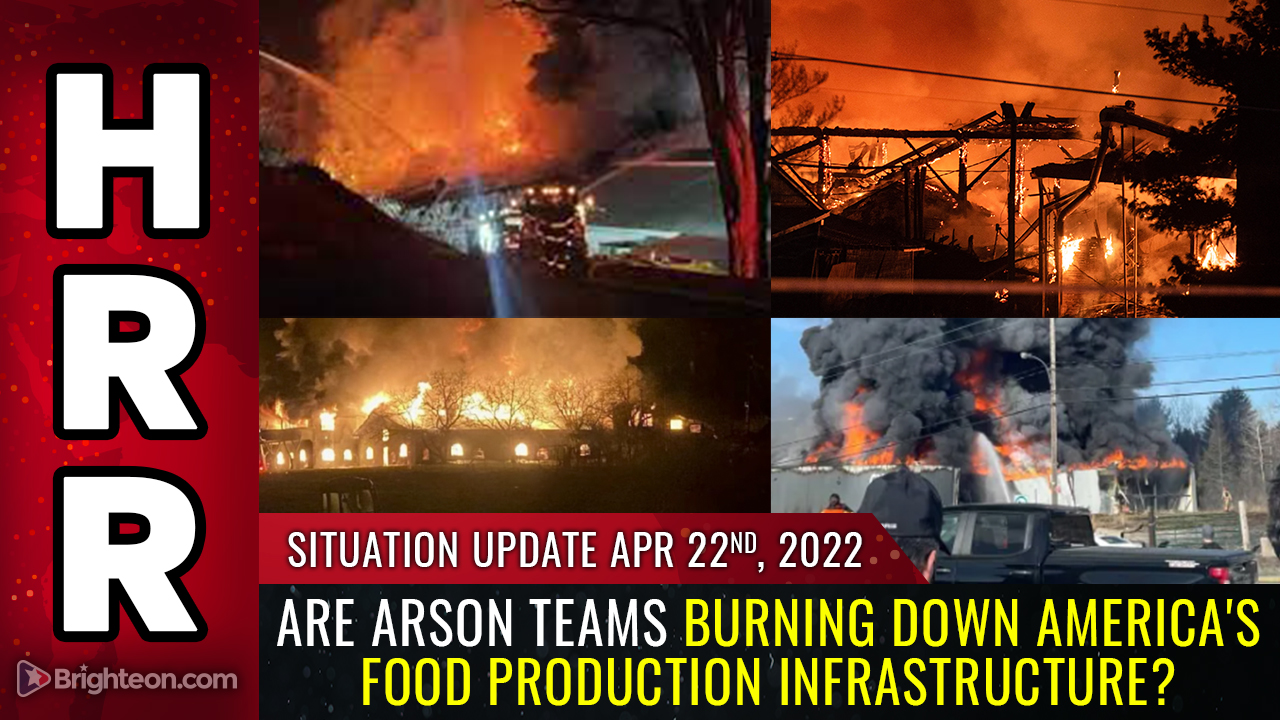World’s largest fertilizer manufacturer sounds alarm, says shortages will last throughout 2023
05/06/2022 / By JD Heyes

The agricultural situation in the United States and the Western world is about to go from bad to worse, thanks to sustained shortages of raw materials needed to grow food.
After much of the supply of fertilizer was taken off the market thanks to Russia’s invasion of Ukraine, the world’s biggest manufacturer of the necessary agricultural commodity is warning that supply disruptions are likely to last well into 2023, meaning food shortages — and the resulting price spikes — are not going away anytime soon.
According to Bloomberg, Canada-based Nutrien Ltd.’s CEO Ken Seitz informed investors earlier this week during a conference call that he anticipates boosting the production of potash following supply disruptions from Ukraine and Russia, both of which are major fertilizer producers. He said that he believes disruptions “could last well beyond 2022.”
He went on to say that the conflict with the addition of Western economic sanctions on Russia and Belarus, a Russian ally, has cut the amount of available fertilizer on world markets and as such is liable to reshape nutrient trade, which will only add to further supply uncertainties.
“Could there be a change in global trade patterns as a result? We think that’s a possibility,” Seitz told investors.
It is looking a lot more like fertilizer shortages are going to be a multi-year phenomenon as already, farmers are reducing usage of the product which is likely to lead to smaller crop yields come harvest time. And of course, the repercussions are massive: Lower yields will only make the existing food shortages worse. And make no mistake, while the U.S. and the West have somewhat wasteful food habits, there is not a major global surplus of food; any disruptions in yields will lead to a spike in shortages in the poorest countries where food insecurity is already high.
“There are alarming signs commercial farmers in top growing areas in the world are decreasing the use of essential nutrients — nitrogen, phosphorus, and potassium,” Zero Hedge reported this week, adding: “Revealed last week, SLC Agricola SA, one of Brazil’s largest farming operations, managing fields of soybeans, corn, and cotton fields in an area larger than the state of Delaware, will reduce the use of fertilizer by 20% to 25%.”
In addition, the report noted:
Coffee farmers in Brazil, Nicaragua, Guatemala, and Costa Rica, some of the largest coffee-producing countries, are expected to spread less fertilizer because of high costs and shortages. A coffee cooperative representing 1,200 farmers in Costa Rica predicts coffee output could slip 15% next year because of soaring fertilizer costs.
The International Fertilizer Development Center (IFDC) warned a reduction in fertilizer use would shrink yields of rice and corn come harvest time. Farmers in China, India, Bangladesh, Indonesia, and Vietnam — the largest rice-producing countries — are spreading less fertilizer, and may result in a 10% reduction in output, equating to about 36 million tons of rice, or enough food to feed a half billion people.
Worse, the price of raising crops has also risen dramatically.
Diesel fuel, which powers most farm equipment, has nearly doubled in price under Joe Biden’s anti-fossil fuel agenda, so every acre produced comes at a higher price — that will be passed on to consumers.
Also, the price of fertilizers has risen by hundreds of percent since the spring of 2020 — again, making every acre planted more expensive. Farmers operate at a very small profit margin as it is, so they literally have no choice but to pass on those costs to consumers.
Add in a worsening supply chain crisis as China continues to lock down with every new COVID outbreak, shuttering major ports like the one at Shanghai indefinitely, and it’s no wonder economists worth their salt are forecasting an inflation tsunami that looks set to wipe out savings and put Americans in poverty.
Sources include:
Submit a correction >>
Tagged Under:
agriculture, big government, chaos, crops, farmers, fertilizer, fertilizer manufacturing, fertilizer shortages, food emergency, food insecurity, food shortages, harvest, inflation, panic, price hikes, rationing, Russia, scarcity, supply chain crisis, Ukraine, World War III
This article may contain statements that reflect the opinion of the author
RECENT NEWS & ARTICLES
FoodInflation.News is a fact-based public education website published by FoodInflation News Features, LLC.
All content copyright © 2022 by FoodInflation News Features, LLC.
Contact Us with Tips or Corrections
All trademarks, registered trademarks and servicemarks mentioned on this site are the property of their respective owners.


